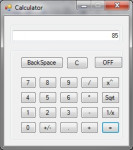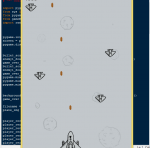Simple Hotel Management System Using VB.Net with Source Code
The Simple Hotel Management System is a VB.NET project that can help manage the hotel's Guest Room Check-in/Check-out and Reservation. This system stores the list of Guests, Hotel Rooms, Reserved Rooms and etc. The system automatically calculates the payable amount of the guest after selecting the room and check-in/check-out date range. The system also calculates the minimum advance payment/down
- Read more about Simple Hotel Management System Using VB.Net with Source Code
- 25 comments
- Log in or register to post comments
- 37591 views










